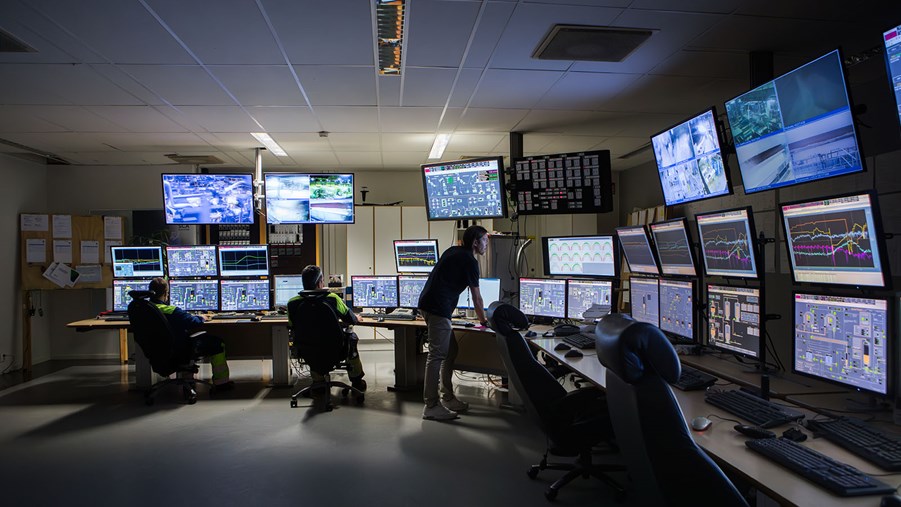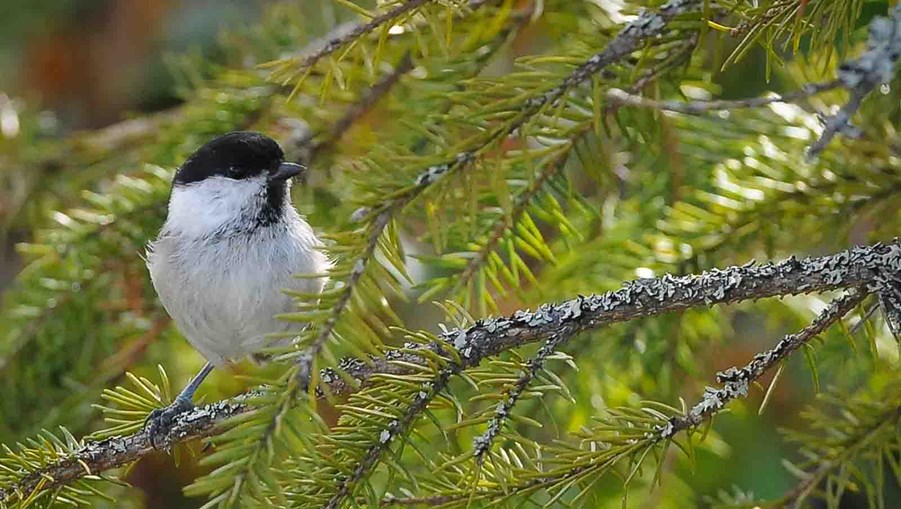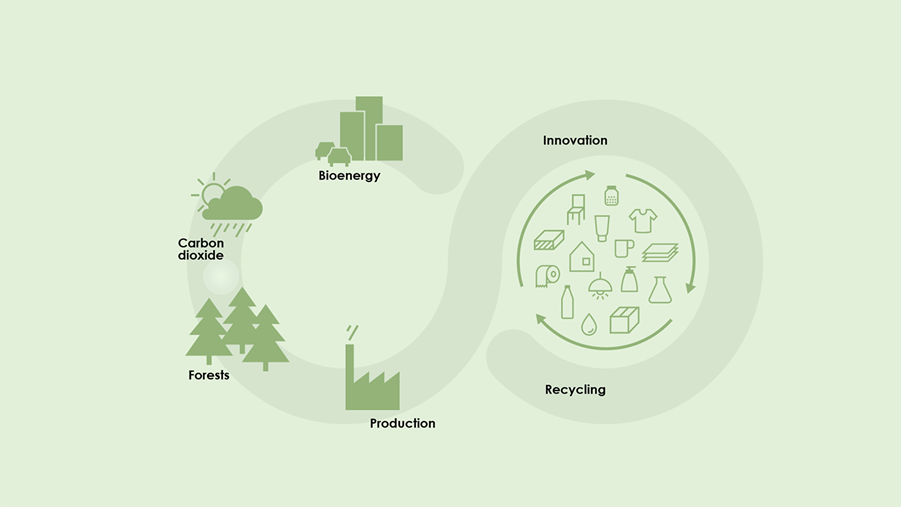Forest industry significance
We can use the power of the forest to create fossil-free products that bind carbon – while the forest grows. The forest industry contributes to the whole of society and its transition towards a more circular, fossil-free future.



